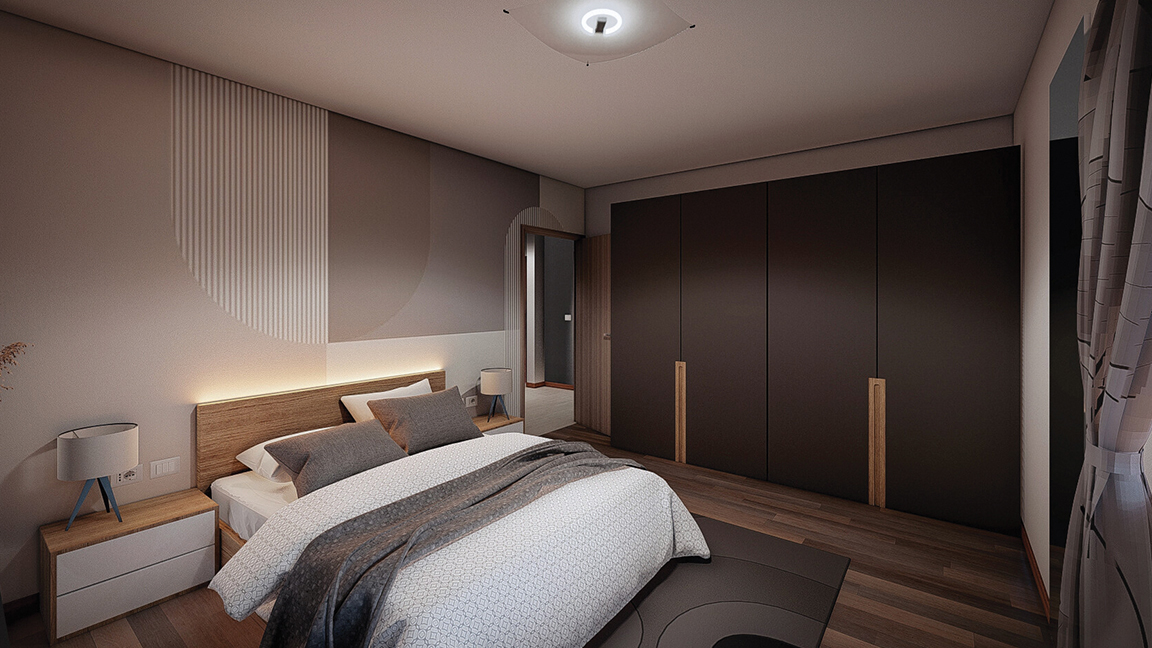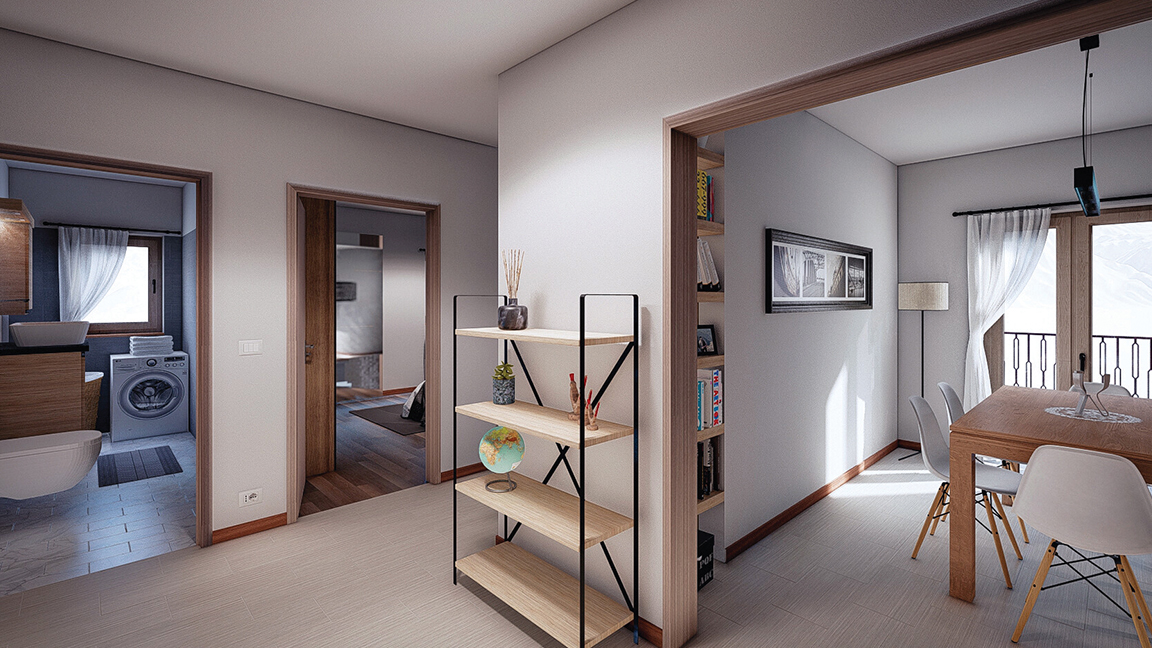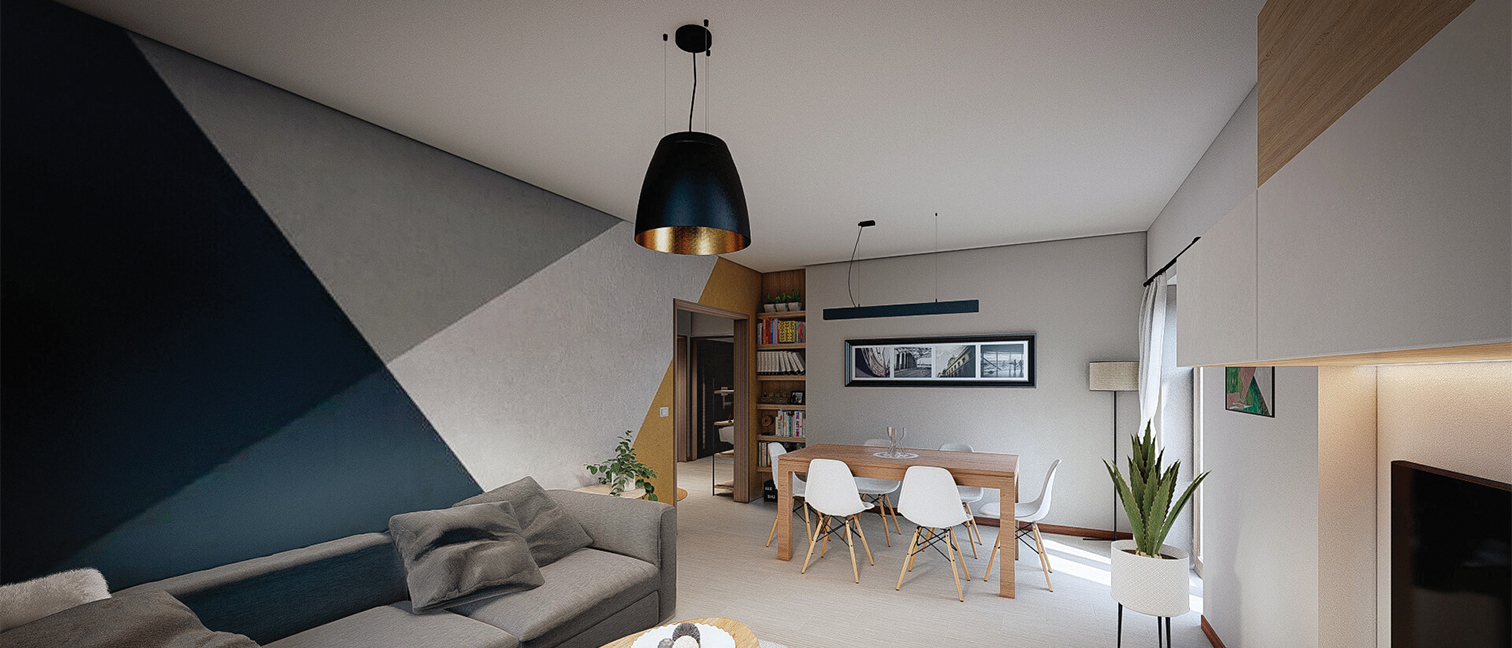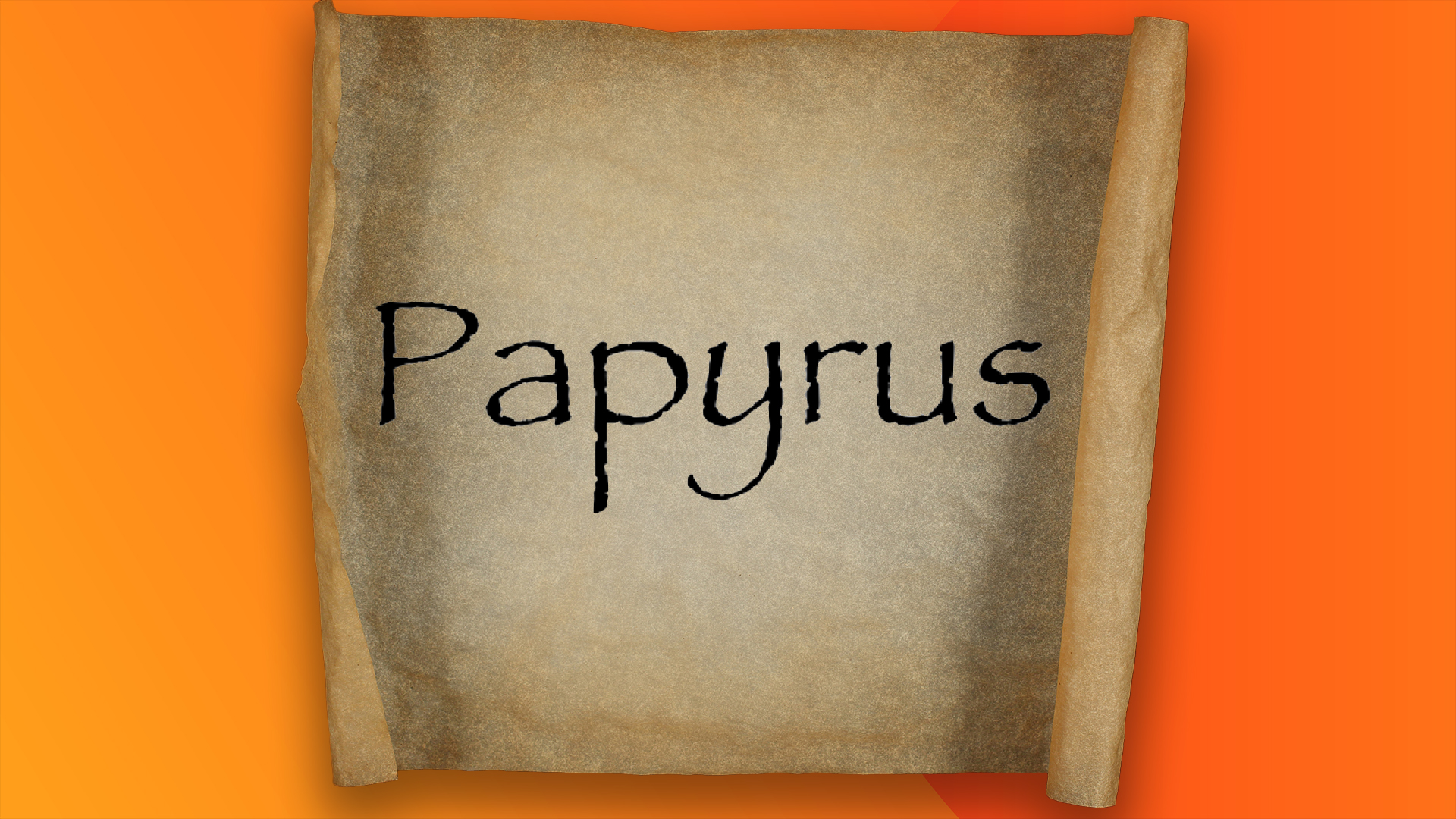Our Verdict
Lumion has a strong user base and a dedicated dev team. With a roadmap that includes animated characters being converted to the ray-tracing engine and importing of PBR material properties and maps, it’s set to get better still.
For
- Great ray-tracing solution
- Improved landscaping
- Reduced unwanted noise
Against
- Dedicated renderers are better
- Lacks network rendering
Why you can trust Creative Bloq
Price Standard $65 / £55 monthly, Pro $135 / £105 monthly
Company Lumion
New features Supports NRD (Nvidia real-time denoiser), Ray Traced Subsurface Scattering, real-time ray-traced previews, ray-traced glass, parallax interiors for added detail
A journey that began in 1998 with two keen computer programmers has resulted in the creation of a real-time visualisation application used by hundreds of thousands of users in over 180 countries, and across three-quarters of the top 100 architecture firms. That’s impressive by anyone’s standards.
With the release of version 2024, Lumion continues its journey developing a package capable of creating instant, high-quality results without the need for any prior technical knowledge or experience in 3D visualisation. It’s this that has seen Lumion gain broad appeal, not only across the architectural field, but more broadly for other types of 3D artists as well.
One of the main reasons that users love Lumion is because of its ability to generate results at speed. This is obviously dependent on hardware but, in general, the software is able to provide real-time results for the majority of people.
Lumion 2024 review: ray-trace improvements

Overall, Lumion is much quicker, with video rendering up to five-times faster thanks to a new multiple importance sampling (MIS) algorithm that has been implemented. Being able to generate hyper-realistic videos at such speed means it’s a breeze to make client changes and show them the updated results promptly.
The latest update improves on the ray-tracing algorithms introduced in Lumion’s last major release. This technology has been expanded to work with many more of its assets such as translucent materials, nature items and coloured glass. This is impressive when you see vegetation reflected in water, for example.
Glass is now fully ray-traced, which provides a substantial improvement to the look and feel of objects that use these materials. As a result of ray-traced reflections, refractions, and shadows, light will now interact with glass surfaces much more realistically.
Pairing the ray-tracing effect with tinted glass materials also helps light flow through spaces much more naturally. This type of glass is unlikely to be required on the vast majority of projects, but it’s still great to have its functionality for those unique cases.

The integration of lifelike people into 3D scenes has and continues to be a challenge for artists. Native 3D people are nothing new for Lumion, but with the addition of 45 new characters, there’s now a lot more flexibility for populating your scenes with digital people that look as if they actually belong there.
It’s a real shame that all of these are completely static. Considering the introduction of them is designed to help visualise how people might use, interact with, and navigate through a space, Lumion does little to achieve this. The only saving grace is that people are provided in various positions, settings and situations, which makes them much easier to place appropriately.
Another challenge for 3D artists is to avoid the obvious tiling of textures over large surfaces. In renderers such as V-Ray and Arnold, it’s possible to utilise various different maps with blends and bump maps, but options are rather limited within Lumion.
To begin to overcome this problem, it has introduced a new landscape tiling toggle in the Material Editor that does a much better job of creating seamless textures. It’s still far from perfect and needs improvement, but it’s a step in the right direction.
Something that will be of interest to interior designers and planners in particular is the parallax interiors feature. This includes 25 pre-made interiors that provide a quick and easy way to populate scenes and add a heightened level of visual interest. These templates centre around residential rooms, retail spaces, office environments and hotel lobbies.
The introduction of a temporal denoiser significantly reduces the amount of grain in both Preview and Movie modes. It does this by comparing frames before and after the current frame to decide how best to remove the noise. Any removal of unwanted noise is a big win and gives artists the choice of adding film grain in afterwards should they choose.
Common in most updates, Lumion 2024 also includes some changes to the workflow, with all amends designed to improve the way artists interact with the software. The first of these is the introduction of a new vertical sidebar that frees up a bit of space.
There’s also a set of grid overlays for helping artists compose camera angles and scenes based on tried and tested principles. Finally, eight preset render styles help to provide stylised options for renders at the end of the creative process.
This content originally appeared in 3D World magazine, the world's leading CG art magazine. Subscribe to 3D World at Magazines Direct.

Thank you for reading 5 articles this month* Join now for unlimited access
Enjoy your first month for just £1 / $1 / €1
*Read 5 free articles per month without a subscription

Join now for unlimited access
Try first month for just £1 / $1 / €1
out of 10
Lumion has a strong user base and a dedicated dev team. With a roadmap that includes animated characters being converted to the ray-tracing engine and importing of PBR material properties and maps, it’s set to get better still.

Paul is a digital expert. In the 20 years since he graduated with a first-class honours degree in Computer Science, Paul has been actively involved in a variety of different tech and creative industries that make him the go-to guy for reviews, opinion pieces, and featured articles. With a particular love of all things visual, including photography, videography, and 3D visualisation Paul is never far from a camera or other piece of tech that gets his creative juices going. You'll also find his writing in other places, including Creative Bloq, Digital Camera World, and 3D World Magazine.

